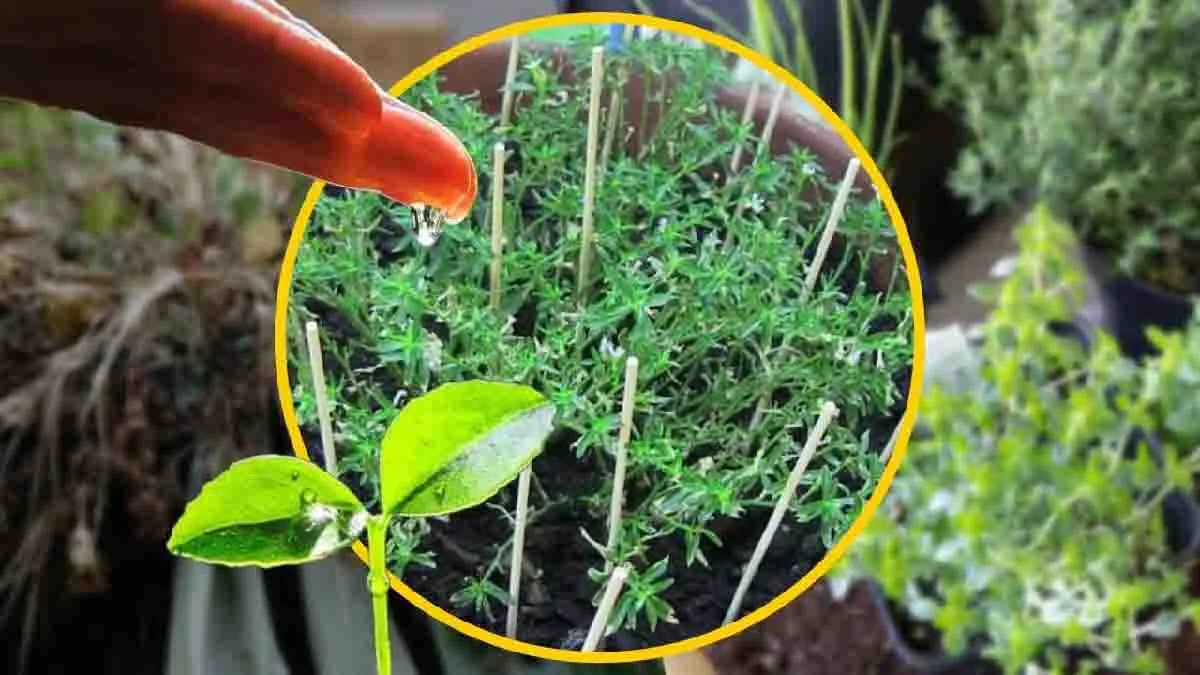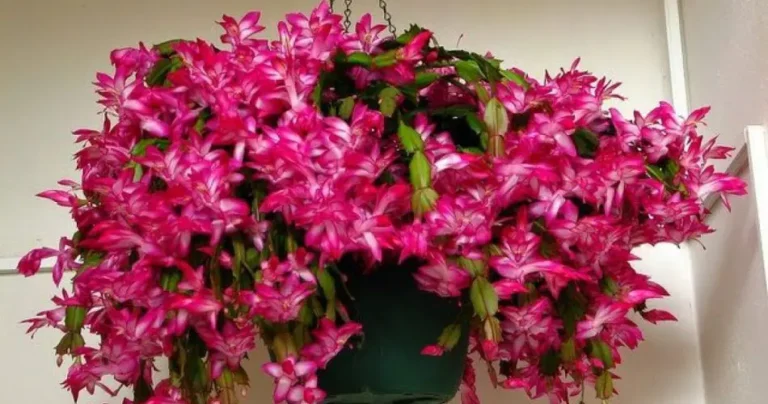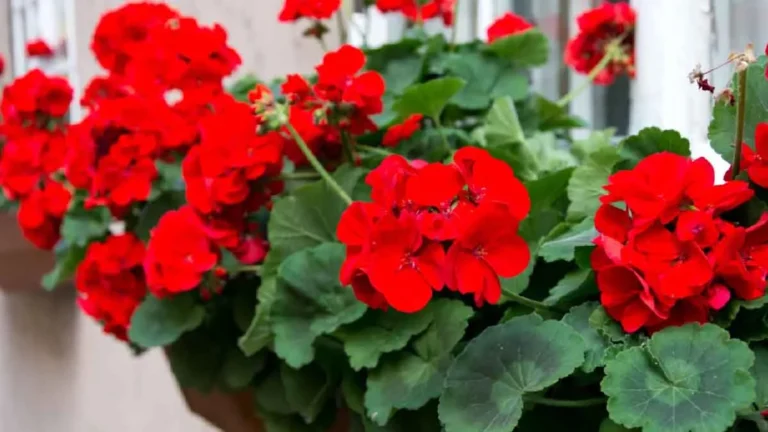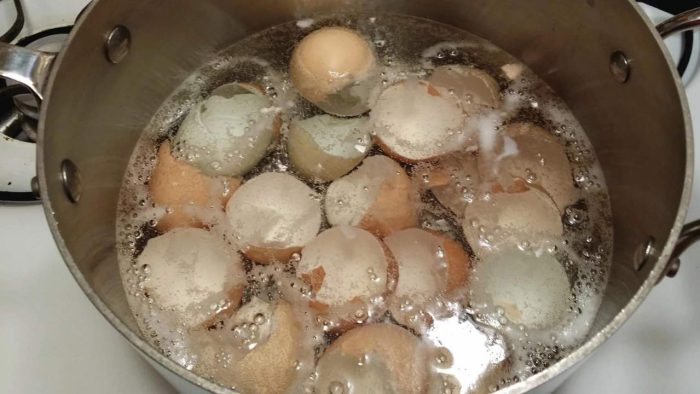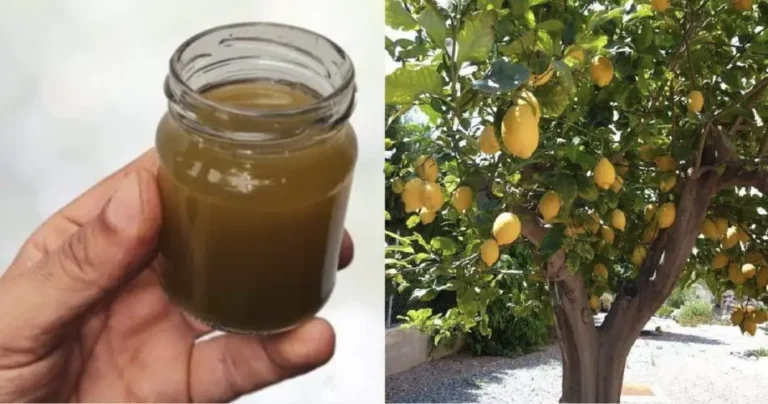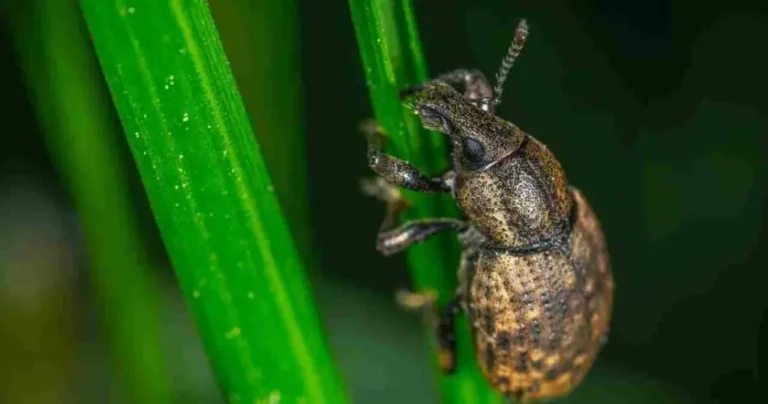Plants: the foolproof skewer technique to find out if they are dying
Here’s the foolproof skewer method that lets you know if they’re dying. It’s truly phenomenal.
High temperatures, lack of nutrients, insect attack or disease can damage the health of the plants in your garden. But there’s a new trick that only expert nurserymen know: it’s called the skewer technique . It allows you to understand whether plants are dying or not. It’s an amazing method.
Healthy and thriving plants: what nutrients are needed?
Exposure to the sun, climate, soil PH, humidity, mineral salts and external agents are all factors that have a crucial effect on plant health . To grow healthy and thriving, plants must absorb all nutrients from water, air and soil . Carbon, oxygen and hydrogen are the non-mineral nutrients obtained from water and air, while other mineral nutrients are absorbed by plant roots from the soil. Soil acidity and texture determine the amount of nutrients needed for plant growth and health .
Calcium is an essential mineral that plays a key role in cell division. A nitrogen deficiency slows plant growth, while an excess of nitrogen causes imbalances in the life cycle. Phosphorus is also one of the main macronutrients necessary for the correct development of plant growth processes. Other essential nutrients for plant growth are copper, iron, chloride, zinc, molybdenum, boron, potassium and magnesium .
Spit technique: what does it involve?
To check the health of the plants, you need to use the skewer technique . Just stick a skewer into the soil and, after pulling it out, you will know whether the soil is wet or dry. In short, a wooden skewer is enough to understand the state of hydration of the soil and the health of the plant.
With high temperatures, it is best to water plants early in the morning or in the evening . When temperatures are low, it is not necessary to excessively water the plants. This is because they enter a state of quiescence. This also applies in case of heavy rains because there is a risk of causing irreparable damage to plant species .
